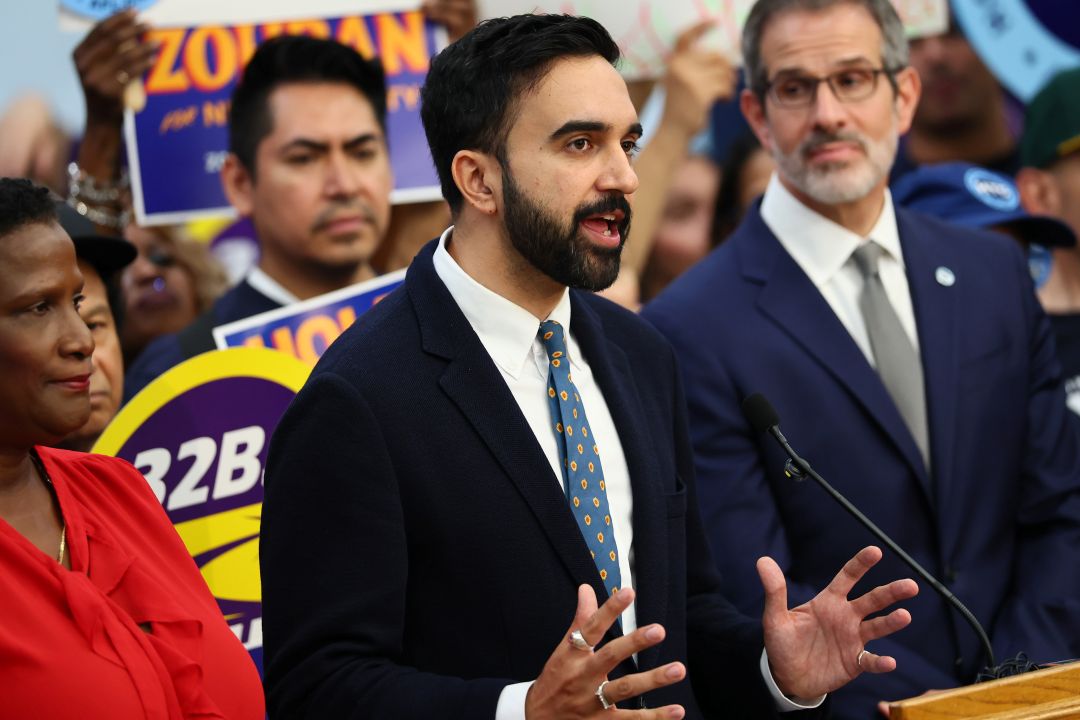When financial markets slumped in 2008, the assets in government-worker pension funds plunged and public sector retirement debt soared. Although pension officials rushed to assure the public that their funds would recover as soon as stocks rebounded, the long bull market that began the following year didn't do much to cut states steep retirement debt.
“Most state and local pension funds closed the books on their latest fiscal year on June 30... early returns suggest that the industry fell well short of its lofty investment goals.”
Now, 18 months of mediocre investment returns have sent the unfunded liabilities of state and local pension funds soaring to unprecedented levels and have raised new questions about whether some of these traditional retirement plans supported by tax dollars are sustainable.
Most state and local pension funds closed the books on their latest fiscal year on June 30, and during that 12-month period the bellwether Standard & Poor's 500 increased by less than half a percentage point. While many funds have yet to report their results for the year, early returns suggest that the industry fell well short of its lofty investment goals.
The nation's largest pension fund, the California Public Employees’ Retirement System, earned a mere 0.6% in the last year, significantly below its 7.5% target. Its sister fund, the California State Teachers Retirement system, which also aims for a 7.5% annual return, instead notched a 1.4% gain for the year.
The New York State and Local Retirement System, which ended its fiscal year on March 31, reported a gain of just 0.2% versus an investment goal of 7%. It's likely that other pension funds have similarly failed by a wide margin to hit their investment targets given that most government pension funds rarely perform significantly better than the broader market.
These disappointing numbers come on top of a substandard fiscal 2015, when pensions systems earned on average 3.2%, well below their average projections of 7.6% annually. In a March report Moody's Investors Service estimated that the 2015 investing shortfall increased unfunded liabilities at government pension plans by 17%. Given that most funds likely performed even worse in the fiscal year that just ended, it's probable that debt increased again by at least 2015 levels, if not more.
To gain some perspective on what that means, consider that in January the Rockefeller Institute of Government estimated that public pension fund debt was approaching $1.7 trillion and that the poor performance of funds since the middle of 2015 had wiped out most gains from double- digit investment increases in 2013 and 2014 (Estimates based on more conservative variablesplace state and local pension debt potentially as high as $4.8 trillion).
It wasn't supposed to be this way. Many pension officials downplayed the steep decline in their assets after the financial turmoil of 2008. A spokesperson for the nation's largest pension fund, The California State Employees Retirement System, reflected the common sentiment when she told the Los Angeles Daily News in October of 2008 that the fund had "experienced heavy losses before, only to recover fairly quickly."
But although early 2009 marked the beginning of the third longest bull market in U.S. history, pension debt did not fall substantially. A 2015 study by Pew Charitable Trusts estimated total debt at $750 billion in 2009. The debt kept rising through 2013 to more than $1 trillion, including the obligations of municipal systems, even though the Standard & Poor's 500 grew at an average annualized rate of 18%.
The news got a little better in 2014 when another strong market year boosted funds' performance. But all that did, according to a March 2016 report by Moody's Investor Services, was stop new debt from accumulating.
“The news illustrates a fundamental problem with these systems: recovering from market turmoil is more difficult than pension officials concede.”
Between 2010 and 2014, according to Moody's data, just eight states managed to cut the level of their unfunded liabilities. Although some of these disappointing results could be attributed to the fact that pension funds average their assets over several years (which means that the impact of the 2008 slump lingered on balance sheets for some time), the substandard investment returns of the last two years have created new financial pressures. Recent market gains in July, which have seen the S&P rise by about 3.5%, will make little difference.
The news illustrates a fundamental problem with these systems: recovering from market turmoil is more difficult than pension officials concede. That's because their models often don't account for the volatility of financial investments, where steep declines can rob a system of so much money that subsequent market rebounds take place from a much smaller base of investments.
A recent study by the Rockefeller Institute, for instance, estimates that a pension plan which is currently 75% funded actually has a one-in-six chance of seeing its funding level plunge over the next 30 years to just 40% of what it needs to pay retirees, even if the plan hits its investment goals. That's because pension systems rarely achieve their investment targets precisely each year, but rather experience extreme variations that can make a system financially unstable even when it appears to be achieving its long-term plans.
“At the end of 2014... 20 states had funding levels at or below 70% of what they need to pay retirees. Most of them made virtually no progress toward fixing their underfunding during the bull market.”
Although some state plans remain well funded, the number of retirement systems that now have low levels of funding is worrying, since the failure of even a few of them would likely shake our financial system. At the end of 2014, for instance, 20 states had funding levels at or below 70% of what they need to pay retirees. Most of them made virtually no progress toward fixing their underfunding during the bull market.
Now many are in even worse shape, potentially caught in a downward spiral because they simply lack enough assets to invest their way out of their problems. Some owe so much that asking taxpayers to foot the rest of the bill would be an enormous burden. Annual contributions by governments into pension funds have already increased by $54 billion, or 77%, since 2007, and those extra dollars have made little difference.
Still, some pension fund officials continue to peddle the notion that the market will bail them out. The chief investment officer of CalSTRS downplayed the fund's recent poor performance, telling Wall Street Journal that, "we look at performance in terms of decades, not years." But the debt of CalSTRS and its sister fund, CalPERS, rose from $60 billion in 2008 to $180 billion today despite a string of years when both funds far exceeded their investment goals.
Dr. Johnson once famously described second marriages as the triumph of hope over experience. Unfortunately, today that sounds like the operating philosophy of much of the public sector pension world.
This piece originally appeared in Investor's Business Daily
______________________
Steven Malanga is a senior fellow at the Manhattan Institute and a senior editor at City Journal.
This piece originally appeared in Investor's Business Daily



